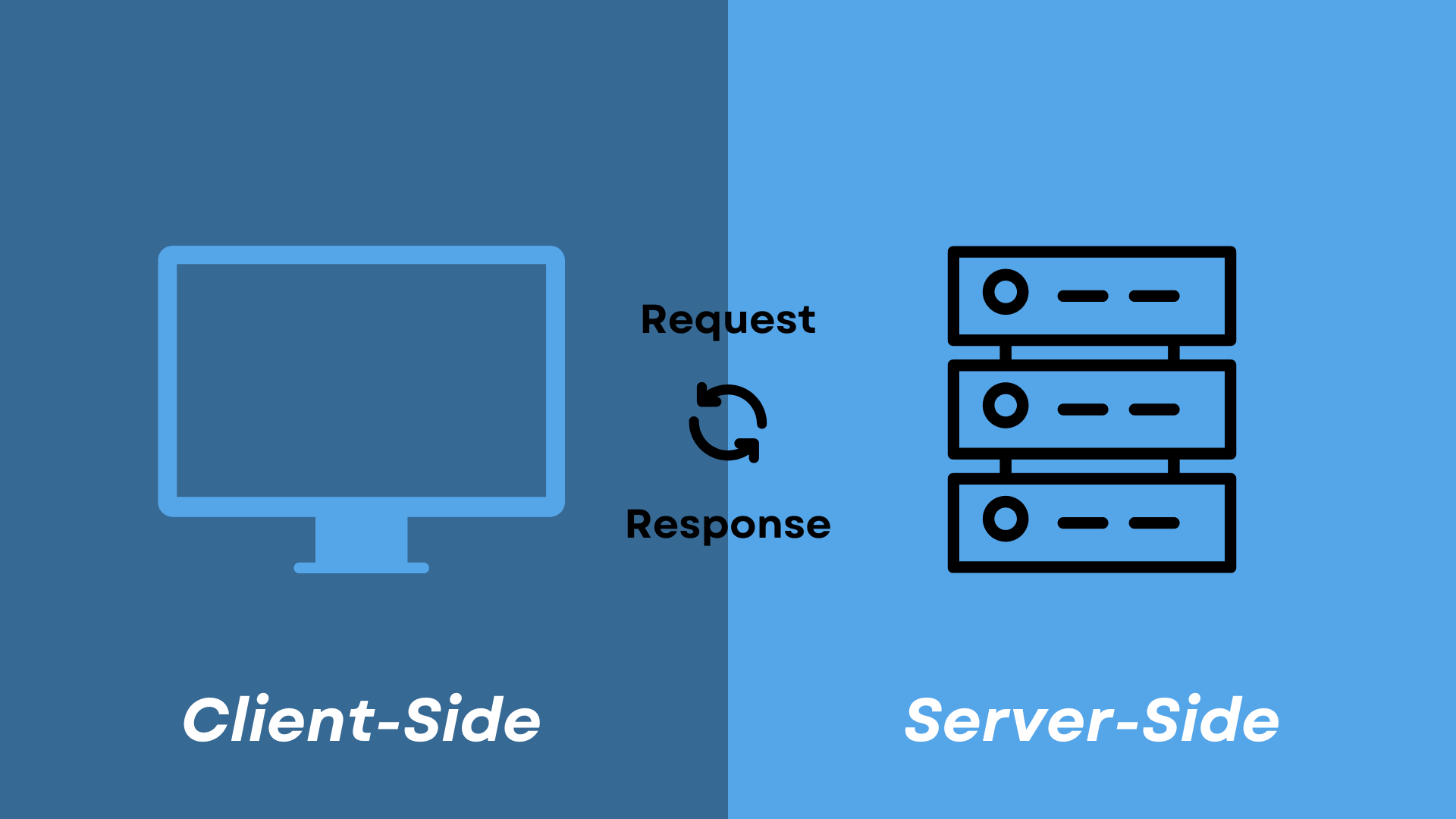Essentials of Back-End Development: From APIs to Databases
Client Side and Server Side Scripting: Explanation
Client Side and Server Side Scripting: Explanation

In the intricate world of web development, understanding the distinction between client-side and server-side scripting is pivotal. If these concepts seem foreign to you, worry not. Board Infinity is poised to guide you through these essential paradigms.
This article embarks on an exploration of both client-side and server-side scripting, highlighting their unique characteristics and where they come into play. Scripting on a web application can be divided into two distinct spheres: the server (backend) or the client (frontend), each serving its purpose and function in the digital ecosystem.
Client-Side Scripting: An Overview
Client-side scripting is the craft of generating dynamic content on the user's end before any server interaction. Historically anchored in HTML, JavaScript now takes center stage in client-side development, offering universal compatibility across browsers and platforms.
This approach empowers applications to execute code locally on a user's device, engaging with the server only when additional data or processing is required. Such a model has revolutionized tasks like form validation and user interface adjustments, making them more efficient through immediate, client-side execution.
Key Features
- Execution in Browser: Runs directly within the web browser, processing user inputs and displaying results without server intervention.
- Minimal Server Interaction: Primarily involves fetching data from the server without further backend processing.
- Enhanced User Interaction: Facilitates immediate responses and interactions within the browser, ensuring the application behaves as expected.
Server-Side Scripting: The Foundation of Web Functionality
Server-side scripting operates behind the scenes, orchestrating the core functionalities that power web applications. This realm involves managing database transactions, authenticating users, and dynamically generating web pages tailored to individual user requests.
Here, virtual private server hosting plays a crucial role, offering the infrastructure needed for executing these server-side scripts securely and efficiently. Programming languages such as PHP, .NET, Java, and Perl are employed to craft the server-side logic that responds to client requests, ensuring that sensitive operations and data remain shielded from the client's view.
Core Attributes
- Server Processing: Executes on the server, handling requests and generating dynamic content.
- Security and Privacy: Keeps code and backend processes hidden from the client, enhancing security.
- Diverse Language Support: Utilizes a variety of programming languages to fulfill backend tasks and user requests.
- Efficient Data Handling: Manages data transactions, user sessions, and content personalization with precision.
Distinguishing Client and Server-Side Scripting
| Aspect | Client-Side Scripting | Server-Side Scripting |
|---|---|---|
| Execution | In the user's browser | On the server |
| Purpose | Enhance user interface and interaction | Process data and manage backend functionality |
| Visibility | Code is visible and executable by the browser | Code is hidden and executed on the server |
| Languages | Primarily JavaScript | PHP, .NET, Java, Python, among others |
| Security | Less secure, as it's exposed to the user | More secure, as processing is hidden |
| Load | Reduces server load by executing on the client side | Potentially increases server load due to processing requirements |
Conclusion
Navigating through the distinctions between client-side and server-side scripting reveals the layered complexity of web applications. While client-side scripting focuses on the immediate interaction and responsiveness of the user interface, server-side scripting—bolstered by robust server hosting—ensures secure, efficient processing of data and backend tasks.
Together, they form a symbiotic relationship, each playing a vital role in delivering a seamless and dynamic web experience. Through understanding these core concepts, developers can leverage the full spectrum of web development to create rich, interactive, and secure web applications.
